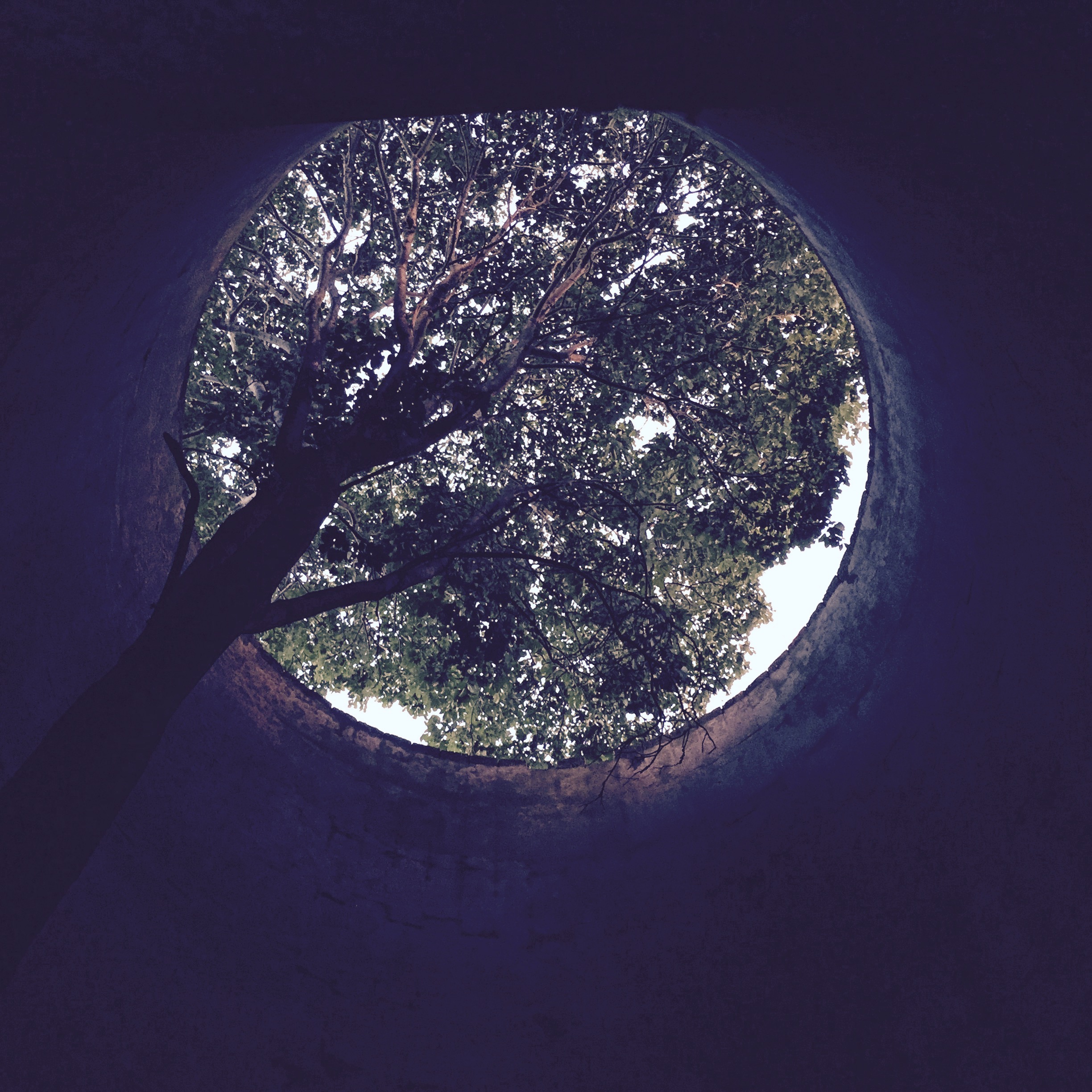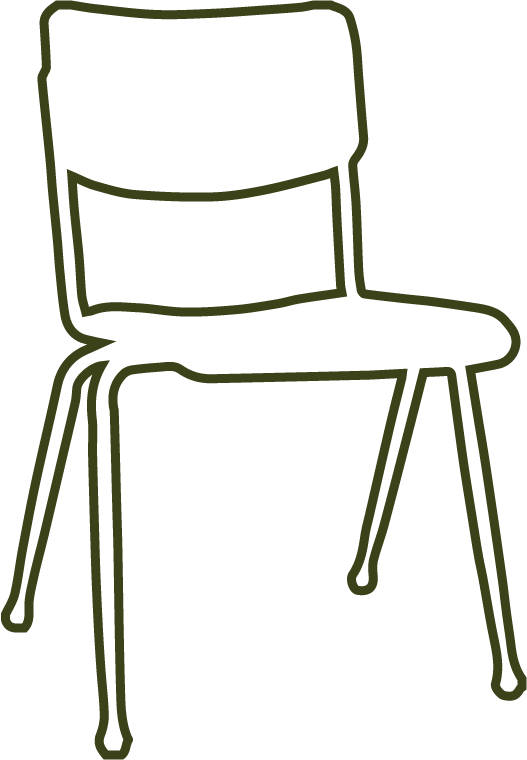Anne: I never answer my cell phone when I’m in the midst of a conversation; this is my way of being present where I am.
Jody (who always answers her phone, which rings frequently): This is my way of being available to “the larger present.”
…reality is open, unspeakable, beyond concept
—Timothy Morton, “Practicing Deconstruction in the Age of Ecological Emergency”
For a number of years, progressive educators such as Victor Nolet, Stephen Sterling, and David Orr have been calling for “a fundamental change in educational culture,” “a new paradigm for the preparation of teachers”Victor Nolet, “Preparing Sustainability-Literate Teachers,” Teachers College Record 111, no. 2 (February 2009): 409, 416. that is not just “about sustainability” or “for particular sustainable development outcomes,” but rather re-conceptualizes education as teaching sustainability: “nurturing critical, systemic and reflective thinking; creativity; self organization; and adaptive management.”Stephen Sterling, “An Analysis of Sustainability Education Internationally: Evolution, Interpretation, and Transformative Potential,” in The Sustainability Curriculum: The Challenge for Higher Education, ed. John Blewitt and Cedric Cullingford (London: Earthscan, 2004), 43–62, 56–57. This powerful agenda for educational change, incorporating sustainability not just in terms of content, but also context and process, aims to prepare us all “for lives and livelihoods suited to a planet with a biosphere that operates by the laws of ecology and thermodynamics.”David Orr, Earth in Mind: On Education, Environment, and the Human Prospect (Washington, DC: Earth Island Press, 2004), 27.
We here take the ideas of these and other environmental critics as catalysts for looking closely at what “thinking ecologically” might mean for our pedagogical practice. For both of us, teaching practice has always been centrally about social justice; race, class, and gender have been key markers describing the ground we traverse repeatedly with our students. More recently immersed in Environmental Studies, we have come with surprised awareness to understand ecology as a formative way of thinking-and-doing justice in school. The human categories that have so long marked our way are becoming differently inflected, as our awareness of the eco-system expands: the interior world of the human psyche, the exterior world of identities and relationships, the world of what is not-human are intersecting, colliding, and overlapping in unsettling ways. Post equilibrium ecology and resilience thinking, among other concepts central to Environmental Studies, are helping us re-think our social justice pedagogy.
Over the past few years, as we have undertaken our belated education into the field of Environmental Studies, and expanded our activism into matters ecological, we have begun to see the ways in which the dominant paradigms in education, like classic views of ecology, have been based on a view of human nature as stable, predictable—and so trainable. This view of children as malleable lends itself to a “command-and-control” approach to education that is remarkably similar to outmoded understandings of the “management” of natural resources.Holling and Meffe, “Command and Control,” 328–37. Such an approach seeks optimization of certain narrow kinds of productivity to meet a narrow set of needs, and a concomitant destruction of the resources—like trust, affection, and an enlarged set of possibilities and commitments—that could make other versions of the future possible.
A clear contemporary example is the testing paradigm in education. Current cheating scandals in Pennsylvania and elsewhere are readable, on one level, as the decisions of particular adults and students to “scam” the tests to improve their individual and schools’ performances. Expressed ecologically, the widespread nature of cheating suggests that these practices are the predictable consequence of an ecosystem fixed on maximizing a certain kind of productive outcome, despite the dynamic complexity of human beings who (like the natural world of which we are a part) are astonishingly diverse in our perceptions, desires, and inclinations as learners. As Brian Walker, David Salt, and Walter Reid explain, ecologists now understand that “the ruling paradigm—that we can optimize components of a system in isolation from the rest of the system—is proving inadequate to deal with the dynamic complexity of the real world.”Brian Walker, David Salt and Walter Reid, Resilience Thinking: Sustaining People and Ecosystems in a Changing World (Washington, DC: Island Press, 2006), 8.
We see contemporary ecological theory as offering an alternative model for thinking about education, one based on the understanding that ecosystems are always changing—and that such changes cannot be entirely controlled. Classrooms populated with “the third participant,” “the ghostly traces of what we manage to ignore,”Ellsworth, Teaching Positions, 64–65. exemplify this “new ecology,” which apprehends that “stable structures like equilibrium or homeostasis do not accurately reflect natural systems…wherever we seek to find constancy we discover change.”Steve Mentz, “Tongues in the Storm: Shakespeare, Ecological Crisis, and the Resources of Genre,” in Ecocritical Shakespeare, ed. Lynne Bruckner and Dan Brayton (Farnham, Surrey: Ashgate, 2001), 156–57.
We find current narratives of post equilibrium aptly descriptive of the nested ecosystems of the classroom, and the varieties of conscious and unconscious processes that are so unpredictably there at play. Timothy Morton’s work, in particular, which urges us to query our presumptions about the “nature” of “nature,” comes quite close to the bone in its description of the rich unruliness of the environment as “the strange stranger…any entity whose arrival we can’t predict, whose being is fundamentally uncanny and unfathomable… . There is a strange strangeness in every life form on Earth, quite literally: we share their DNA…yet we aren’t them.” Morton, “Practicing Deconstruction,” 160–61. Although the role of the teacher in such unpredictable systems follows no recipe, it is critical: demanding an ongoing awareness of risk and opportunity, a willingness to support students in learning that stretches, that may well unbalance and dis-comfort them; asking that we listen and make—sometimes unmake or remake—decisions in the face of uncertainty, stay present with students and ourselves.
We are not even “quite” ourselves. Anne’s dream about the “great blue ocean” suggests that the mysterious unconscious both dwells within and encompasses us all. Multiple other ecological metaphors have been evoked to represent this mystery. As Ursula LeGuin puts it, “We all have forests in our minds. Forests unexplored, unending. Each of us gets lost in the forest, every night, alone.”Ursula K. LeGuin, “Vaster than Empires and More Slow,” in The Wind’s Twelve Quarters (New York: Harper and Row, 1975), 148. Virginia Woolf notes that we sometimes prefer that loneliness to accompaniment: “Human beings do not go hand in hand the whole stretch of the way. There is a virgin forest in each; a snowfield where even the print of birds’ feet is unknown. Here we must go alone and like it better so.”Virginia Woolf, On Being Ill (1926; reprint, Ashfield, MA: Paris, 2002), 11–12.
We believe that ecological narratives, such as those by Morton, LeGuin, and Woolf, illuminate our thinking about classrooms filled with these “strange strangers”—the unfathomable dimensions of ourselves and others—and lead us as well into some insight regarding the possibility of sustainable teaching practices in such spaces. All ecosystems, including both natural and built environments, thrive not on optimizing productivity, but on diversity and redundancy.
Ecologists argue that any attempt to manage an ecosystem “should facilitate existing processes and variability rather than changing or controlling them… . Prescriptions and cookbook approaches generally should be avoided…the systems with which we work are idiosyncratic and endlessly varied. No single, detailed prescription can be of much use.”Holling and Meffe, “Command and Control,” 334.
We understand classroom ecosystems in this way: filled with abundance, excess, fecundity, and redundancy, “idiosyncratic and endlessly varied.” C.S. Holling underscores the “dynamic, inherently uncertain” nature of ecosystems, which have “multiple potential futures.”C.S. Holling, “Surprise for Science, Resilience for Ecosystems, and Incentives for People,” Ecological Applications 6, no. 3 (1996): 734. In such an unbounded context, acting to create resilient, sustainable systems does not entail seeking “prescriptions and cookbook approaches,” but rather paying attention to what’s going on in multiple layers.
We think that attending to a larger range of experience than is often expressed in college courses may enable a more resilient means of teaching than other educational modes currently being advocated. Much “teaching to the test” and outcome-based educational work has short-term optimization as its goal.Callahan, Education and the Cult of Efficiency; Oakes, “Schooling”; Ravitch, The Death and Life of the Great American School System. We explore here an alternative in more flexible, open-ended teaching practices that thrive on diversity, even though—or precisely because—they may include frightening, often unrecognized aspects of ourselves, others, and our histories.
Thinking about what makes it hard for us and our students to rely on this abundance, the huge resource of the universe and the unpredictable interactions of our own unruly selves within it, we continue to work on finding and developing the wherewithal to let down into that struggle, to take on the fears of various kinds that limit our reliance: war, trauma, hunger, political and self-oppression, the very particular pressure, when being schooled, to get it right…
In doing so, we are seeking the resilience of systems, in particular the systems of schooling, but this work also entails the emotional resilience of individuals, and we recognize the necessity of creating a foundation of safety for the kind of pedagogy we describe, a space for open learning in the context of schooling. We look to the notion of a pedagogy like D.W. Winnicott’s “holding environment”D.W. Winnicott, The Family and Individual Development (London: Tavistock, 1965). that is grounded on the dialectic of trust and risk as a container for play and exploration, a dialectic that is unlikely to emerge in a more controlled situation.
We offer here an alternative way of thinking about “unbounded” teaching, of recognizing our classrooms as part of larger ecosystems characterized by limited time, space, and resources, and by an unlimited, often “unruly” fecundity and diversity that do not submit to the limitations of injunction, testing, command, or control. The dimensions of minds and feelings that lurk below the surface of our usual classroom selves are essential to the running of that whole system. We believe that acknowledging their role in teaching and learning is crucial to encouraging the expression of difference and variability, from which our mutual responsibility for sustainable systems will continue to emerge.
…there is an organic difference between a system of self-sufficiency and a self-sustaining system. One precludes diversity, the other necessitates it.
—Terry Tempest Williams, Refuge: An Unnatural History of Family and Place
When the cosmos talks to us in its own terms, what does it say? Notice that I am bigger and stranger than anything you have yet imagined based on your experiences to date. And the more you experience and imagine, the bigger and stranger I will get.
—Alice Lesnick and Paul Grobstein, “The Evolving Systems Project”


